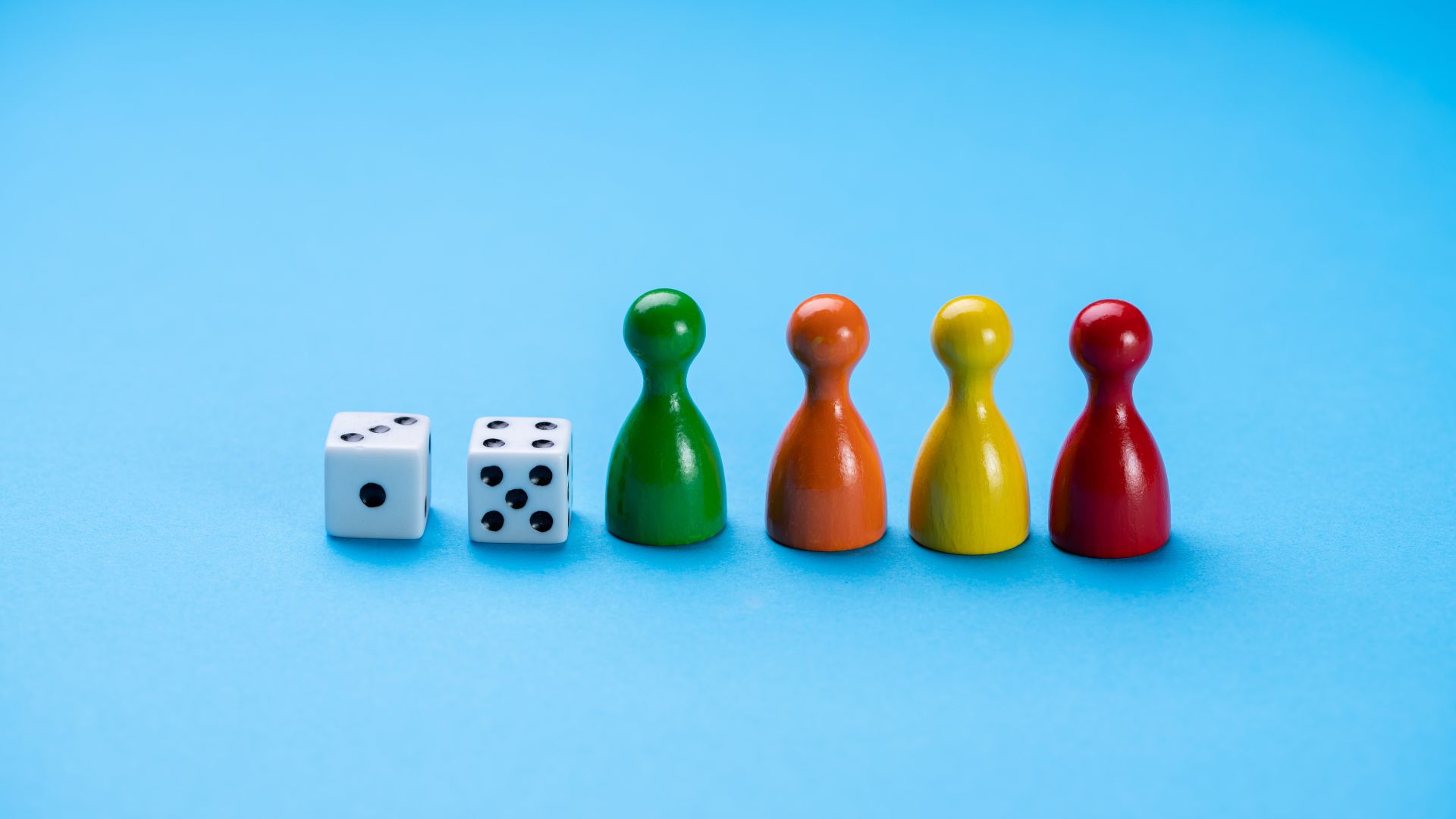Have you ever heard of audio branding? Did you know that the most successful commercial brands are able to stand out also because they have their own signature sound? In this article we are going to see what sound branding is and how you can benefit from it.
Let’s start from a premise: if there are situations such as films and TV series where sound, applied to images and videos, is able to imprint memories, sensations and even trigger a change in behavior, why should this prerogative be confined only to this area?
This is exactly what shook and excited us years ago, when we began to understand that for a pure question of habit, we are socially accustomed to believe that a film must excite while an advertisement, a product and a brand do not, because above all they are functional. This mentality, in entrepreneurial activity, worked very well until the early 2000s, to then change radically and forever with the advent of the internet. The very rapid saturation of brand messages and the industrial quantity of products and services to which we are exposed every day as consumers, have in fact “anesthetized” our senses, making everything appear a little more gray, tasteless and dull. In a way, we have been progressively losing the sense of awe and magic.
This is why big brands like Apple, Nike, Starbucks just to name a few, have understood that a brand that only communicates what it produces is a brand that in modern times has very little hope of survival. A successful brand, able to navigate and sustain itself even in times of crisis, must be able to answer questions much more complex than “what can you use buying my product for?”
Sound is a great help when it comes to communicating sensations, concepts and moods. Without getting into too complex issues, it is important to acknowledge (and act accordingly) the following information. For reasons still unknown to humans, behavioral science, neuroscience and sound physicists have all come to the same conclusion: for humans, sound and especially music, have direct access to the part of the brain that processes emotions, memory and feelings. This part does not know language, it does not know rationality. For the same reason that, if we are afraid, it is not enough to repeat to ourselves “don’t be afraid”, the rational and emotional parts of our brain simply do not communicate in the same way. In some ways, they do not even obey the same rules of the game.

What more than 95% of businesses (and therefore the people who run them) tend to do is to conceive the human being as a predominantly rational being who responds to very pragmatic logic. Well… it’s just the opposite. We are irrational, emotional and illogical beings who tend to rationalize what is determined at an emotional and unconscious level.
We will never tire of talking about this aspect because, as long as the belief prevails that doing business is above all a matter of having the best, least expensive and functionally superior product, then it will be very difficult to understand the new frontiers of branding and marketing. Changing a behavior and a practice is expensive, in terms of energy for our brain. This is why, despite doing business “the old fashioned way” is increasingly difficult and under everyone’s eyes, we prefer to repeat the same fallacious actions, rather than radically change our point of view. Investing in a signature sound, in a sound logo, in music and frequencies that accompany your brand communication, today, is still very “futuristic”. It is not yet common practice, just as 25 years ago, investing in graphic design, in a website and in the aesthetics of communication was superfluous and a useless whim. It would be best not to make the same mistake! Because the speed with which the world moves today, unlike 30/40 years ago, would no longer forgive a low-level or non-existent branding and marketing. That business would fail inexorably in a few years.
Now that we know all this, as a company and brand, we should no longer ignore the tools that allow us to communicate directly with memory and emotions, which are the true key factors to what every brand aspires: to be remembered/stand out and to make an impact.

How does sound branding fit into all this? In a world saturated with images and visual content, sound emerges as a powerful resource to differentiate a brand and create a lasting emotional bond with the public. Sound branding, or the strategic use of sound to represent a brand, therefore represents one of the new and powerful frontiers of communication, which bases its results on the scientific study of emotions. But what are the real benefits and potential of this technique? Let’s find out together.
WHAT IS SOUND BRANDING
Sound branding is the integration of sound elements, such as music, jingles, ambient sounds, or even voices, into a brand’s overall strategy. Think, for example, of the classic “pling” of a WhatsApp notification or the “ta-taan” of Netflix: these are sounds that not only identify the brand, but evoke specific emotions and memories in consumers.
BENEFITS OF SOUND BRANDING
Increased Memorability: Studies show that evocative sounds can significantly improve brand recall. A well-crafted jingle or distinctive melody sticks in the mind much longer than a visual image.
Emotional Connection: Sound has a unique power to evoke emotions. A well-chosen soundtrack can convey joy, nostalgia, security or excitement, creating a deeper connection with the audience. This is something we all understand; each of us has a song that, every time we listen to it, catapults us years back, not only with memories, but above all with emotions. In an instant, we relive the same situation, almost with the same emotional intensity.
Instant Recognizability: Sound elements such as jingles or audio logos help consumers recognize a brand in seconds, even without visual elements.
Universal Accessibility: While visual content requires visual attention, sound can reach the audience even when they are multitasking, such as while driving or exercising. This is one of the reasons why many brands are investing in Podcasts or corporate radio.
Differentiation in the market: In an increasingly competitive landscape, a unique sonic identity can help a brand stand out and distinguish itself from the competition. In these terms, brands that invest in sound are still less than 50%. This would give your brand a competitive advantage that cannot be ignored. Remember: you are not (only) in the business of building a better product, but (mainly) in the business of making your product PERCEIVED as better.
PRACTICAL SOUND APPLICATIONS IN MARKETING
The most commonly used applications are the following:
Commercials: Music and jingles create atmospheres that reinforce the brand message. Remember the McDonald’s jingle? That simple tune has become a globally recognizable symbol.
Sound Logos: Do you remember the sound of your Apple device when it turns on or the four notes of Intel commercials? The latter in particular has achieved the goal of installing in our minds the chip (in this case it fits perfectly) of a company dedicated to innovation, to the future and at the same time making it recognizable and memorable in the collective imagination. There are many manufacturers of computer processors: without a doubt, Intel is one of those whose perception is at a higher level.
Apps and digital devices: Notifications, on/off sounds, and audible feedback can reinforce a brand’s identity and improve the user experience.
In-store Experiences: Ambient music in stores is no accident: studies show that strategic sound choices can influence customer dwell time and purchasing behavior.
Events and Installations: During fairs or events, the use of customized sounds and music creates an immersive experience that makes the brand memorable. Those who organize fashion shows or some companies for which we have had the pleasure of working know this well. The music composed and played in the background throughout the event created an environment that dramatically enhanced the sensations and memories of individual participants.
THE FUTURE OF SOUND BRANDING
With the increased use of voice assistants, podcasts and audio content, the role of sound in marketing is set to grow. Let’s not forget that, like it or not, the creation of virtual worlds and augmented reality will soon catapult us into worlds where sounds must be programmed in advance. The impersonality and emotional “flatness” of a digitalized reality will deeply require sensorial tools such as auditory activation through sounds and music, in order to emotionally connect with a virtual world that is showing me in a room full of people, when perhaps I am physically sitting in my office wearing a visor or glasses for augmented reality. Brands that know how to exploit these opportunities will find themselves in an advantageous position, creating stronger and more lasting emotional connections.
Sound branding is not just a passing trend, but a proven tool needed to make your way and stand out in people’s memories in an increasingly competitive market.
What is the frequency and sound of your brand? To find it, strengthen it and spread it, we are here to help you.

